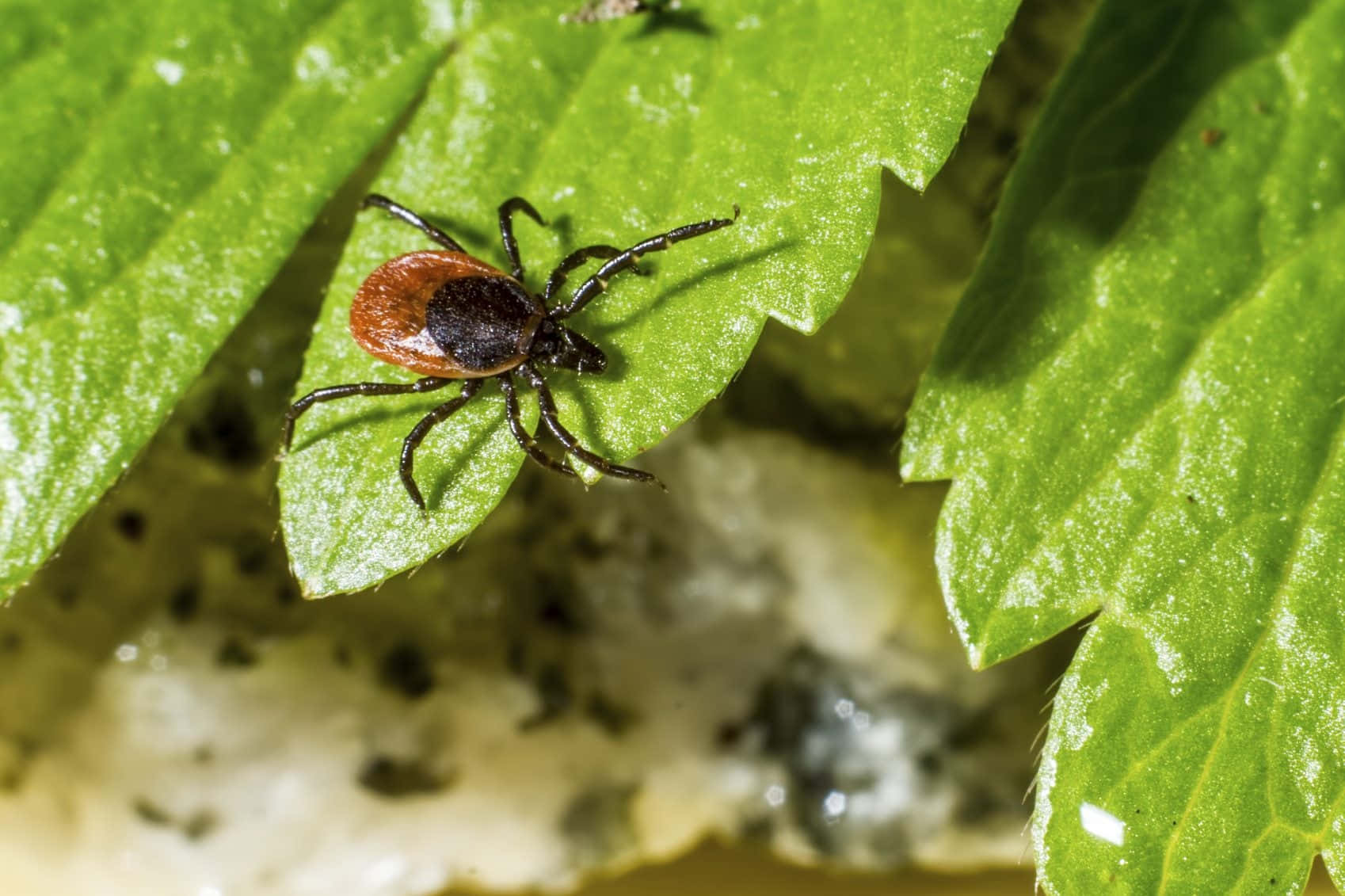Facts about Ticks make you know more about small arachnids. They are included in subclass Acari. The other member is mites. The length of ticks is measured at 3 to 5 mm. Ticks live by feeding the blood taken from birds, mammals, amphibians and reptiles. They are known as external parasites or ectoparasites. The evolution of ticks has been spotted since Cretaceous period. They can be found living in areas with humid and warm climates.
The livestock
Livestock is prone to tick, which might damage them. The presence of ticks increases the risk of damaged hides and wools on the animals due to the transmission of diseases. Many domestic animals in Caribbean and Africa are affected by ticks.

The mouthparts
The prominent feature on soft ticks is spotted on the mouthpart located at the underside body. On the other hand, the hard ticks have the beak like structure. Their dorsal surface has a hard shield.
The life cycle
Have you studied the life cycle of ticks? Their life begins in the shape of an egg. Then it will go through larva and nymph before it turns as an adult.
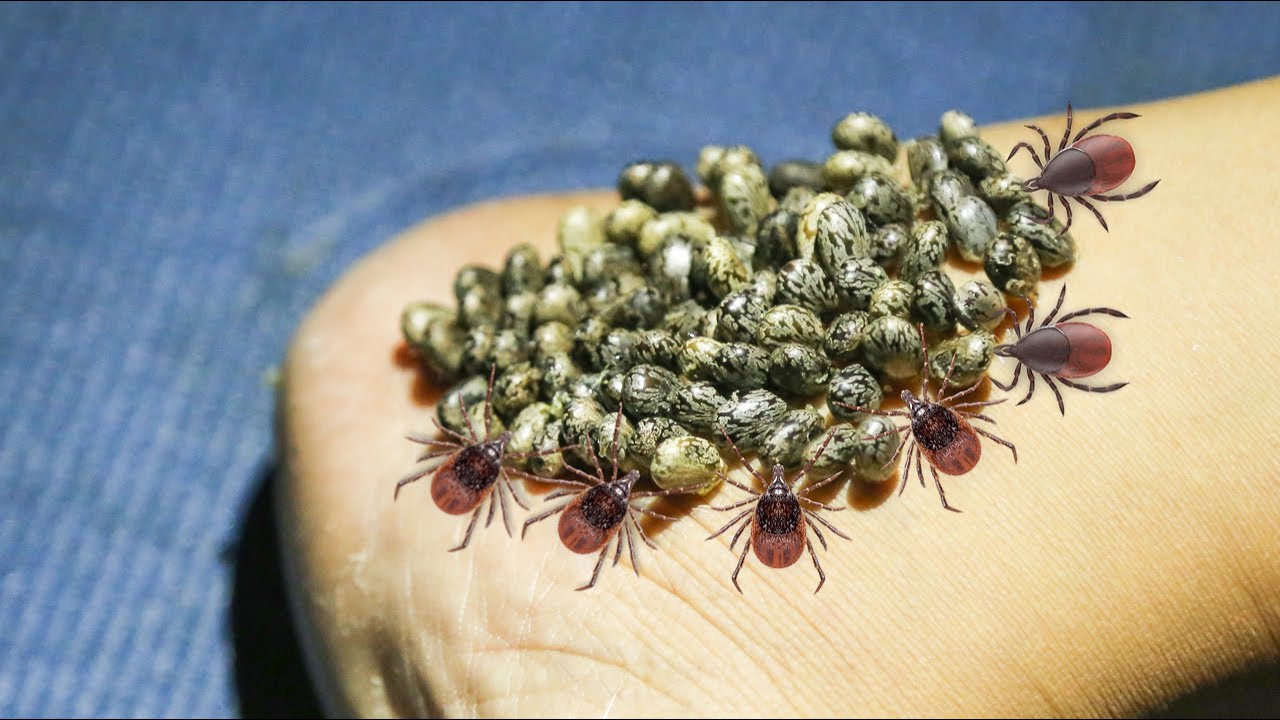
The primary families
Ticks are divided in two primary families. They are the soft ticks or Argasidae and hard ticks or Ixodidae.
Distribution of ticks
The distribution of ticks can be found in many parts of the world. The largest growth is spotted on the countries one regions with humid and warm climates. To have a complete life cycle, ticks need the right amount of moisture.
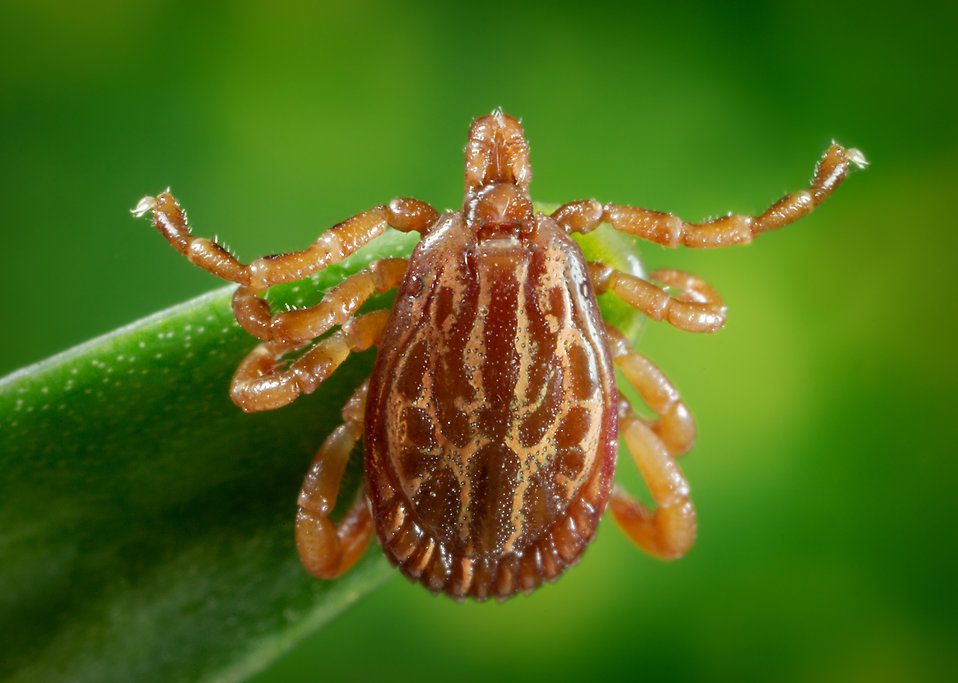
Spinose ear ticks
Have you ever heard about spinose ear ticks? They will ingest the blood from the inside ears of wild animals and cattle.
Tick paralysis
Tick paralysis is possible if the animal is venomous. It is usually is caused by Australian paralysis tick. You have to be careful without cleanness and personal hygiene. The physicians will know what do if a human being is affected by the venomous tick.
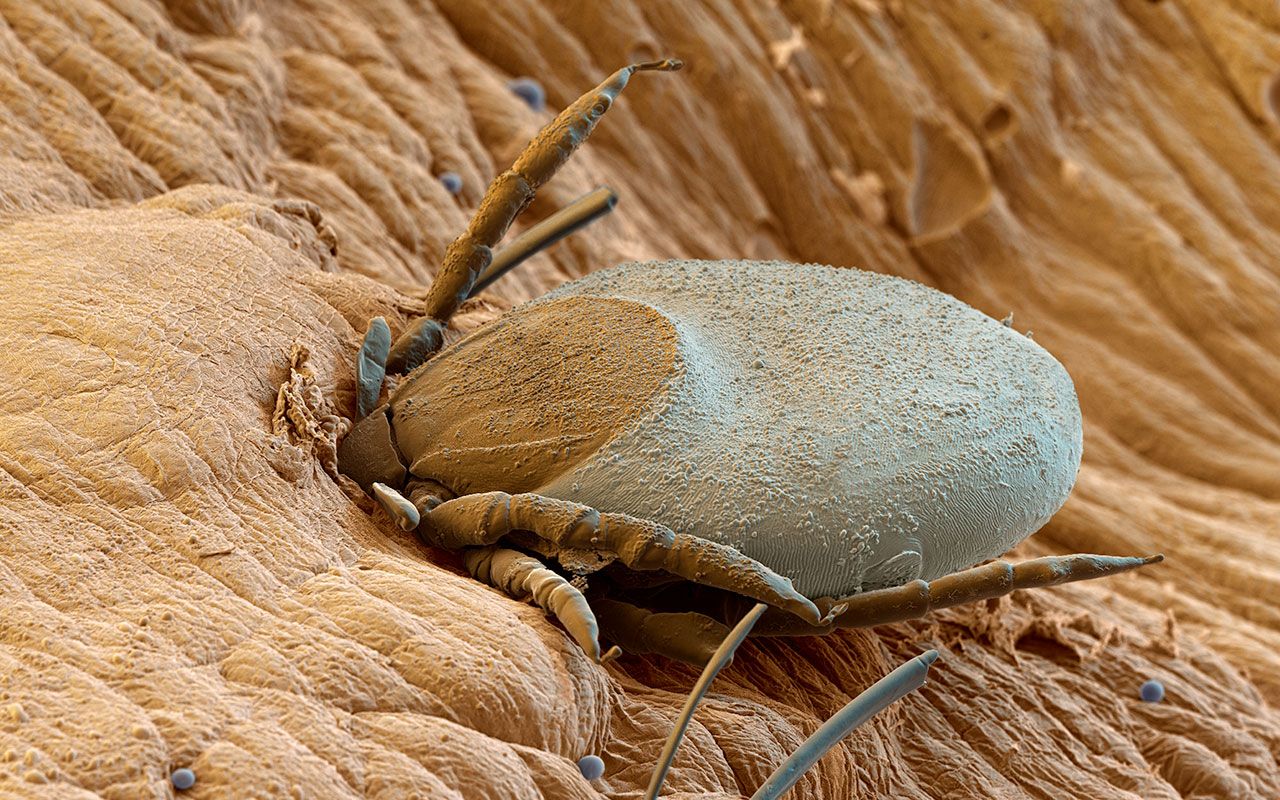
The characteristics of adult ticks
Do you know the characteristics of adult ticks? They have eight legs. The body shape reminds you with a pear since it has ovoid shape. When they feed blood, the body will be engorged.
Diseases
You have to be careful with ticks due to their habit of ingesting blood. Ticks are known as the vector of some diseases, which might affect animals and human.
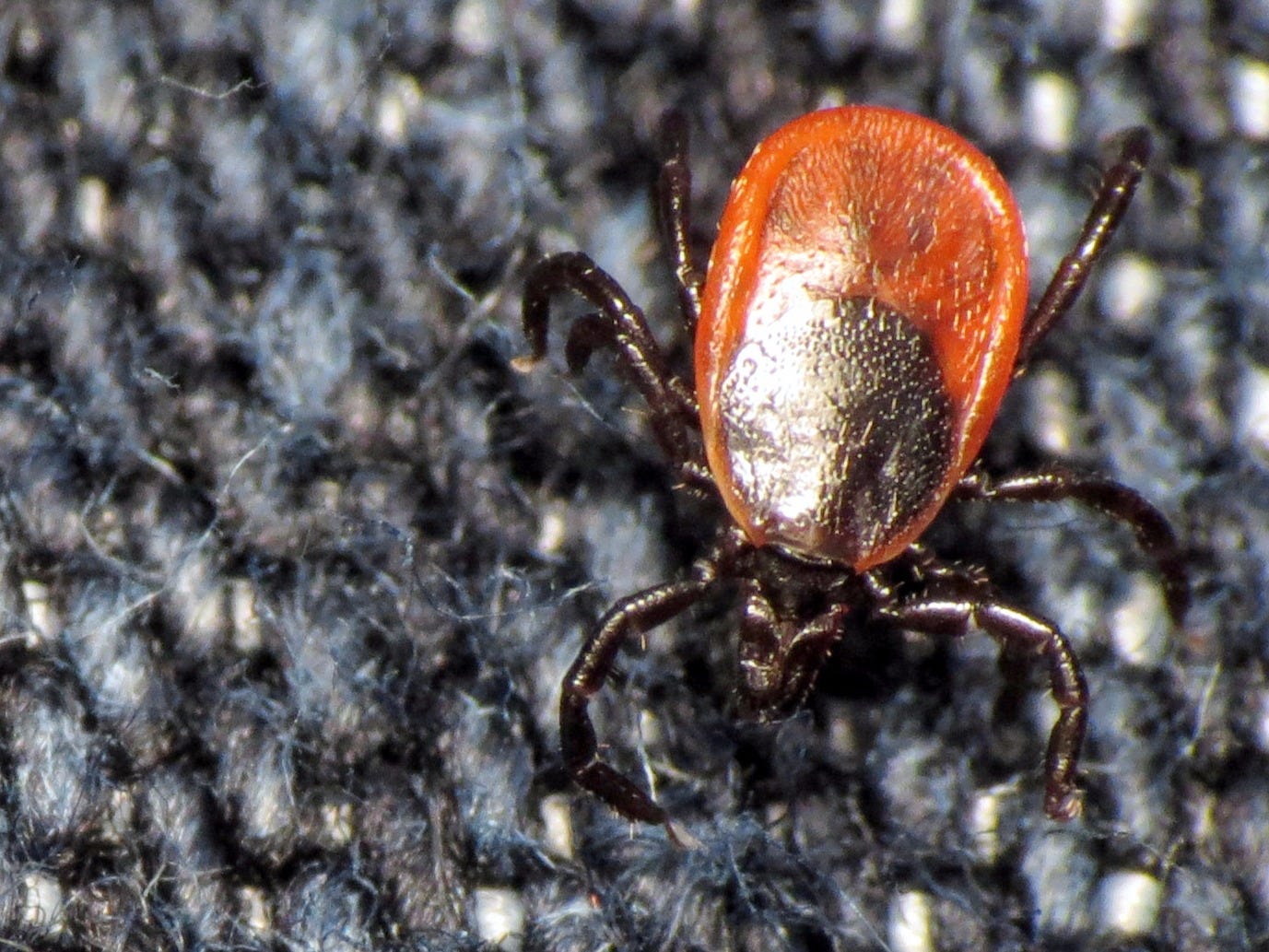
Tick-borne diseases
As I have stated before, ticks may serve the role as a vector of disease. Some tick borne diseases include Australian tick typhus, Q fever, Crimean Congo hemorrhagic fever, Lyme disease, tick-borne relapsing fever, Bourbon virus, Rocky Mountain spotted fever, tick-borne meningoencephalitis and others.
